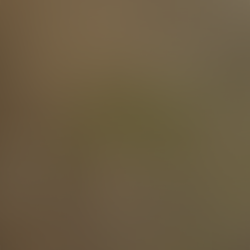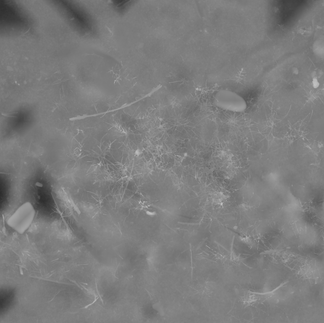Colorado Wildlife Photogrammetry
- Avery Buffington
- Aug 23, 2024
- 3 min read
Updated: Jul 22
Rocky Mountain National Arsenal
August 12th, 2024

I began a new collaborative project with fellow Unviersity of Colorado Denver 3D Animation grad and environmental ecology enthusiast Logan Schwartz. We set out to create a library of custom textures based off of the local natural landscapes with photogrammetry using Reality Capture.
We gathered supplies such as my Canon EOS 7D, tripods and monopods, tape measures, and a color corrector. We set out to take samples of one yard square areas in several inch increments. It took us a lot of practice in order to quickly and efficiently take photos on an accurate grid. Our biggest challenge was the weather. In Colorado we say, "If you don't like the weather, wait ten minutes, it'll change" which we found to be very true when capturing photos in hopes of having the same lighting conditions on the first photo and the fiftieth photo.
To begin our project we started with the street which would be extremely flat with little to no height detail or parallax in order to practice capturing an even grid of photos. This took us much longer than anticipated and we had to start over a couple times due to major lighting shifts and accidentally bumping the lens zoom which would alter our perspective. Eventually, we were able to capture the street, as well as a texture trim for the street edge for transitions between street and grassy areas.
Asphalt Street
Street Edge
Keystone River
August 18th, 2024
Several days later we traveled out to Keystone, Colorado to get some more photos near the riverbed with small plants, pebbles, and sticks. We found that the weather conditions were quite finicky. We waited all afternoon for rain to clear up only to get about an hour or two outside while the sun was quickly setting. We were able to capture two river soil samples and one river rock sample. The river rock sample was the most difficult to capture as we had a hard time standing and placing the mono pod on the large rocks at even intervals. However, it was our most interesting subject to date as it provided with large height variation with the photo parallax.
River Soil 01
River Soil 02
River Rocks
Photo Processing

Thanks to the color corrector card used in our photos, it was very simple to color correct everything in Lightroom. The only issue we encountered was properly color correcting photos taken a distance away from the color corrector after the lighting conditions had changed to be more sunny or cloudy. Due to this, we found that we had to color correct the photos in increments and adjust the colors throughout each batch in order to maintain consistency.
Results
Putting the photos into Reality Capture was surprisingly easy, with step by step instructions built into the program in case you get lost. We were also surprised by the level of detail captured in the scan data despite some imprecise level of error in our photo taking process.




After baking out all of the data from ZBrush we were able to acquire these maps from our geometry which we brought into Substance Designer.
Substance Designer Exports
We followed this tutorial to extract the textures off of the scan data in Reality Capture, ZBrush, and Substance Designer.
Our future goals include baking out all scan data into exports and then creating tileable maps from the textures in order to be able to use them in our surfacing process on personal projects in a library. This project was a great way to get outside and enjoy nature while expanding my knowledge of photogrammetry with a hands-on project and working to build a custom texture library. I look forward to working on this project more soon.


















































Comments